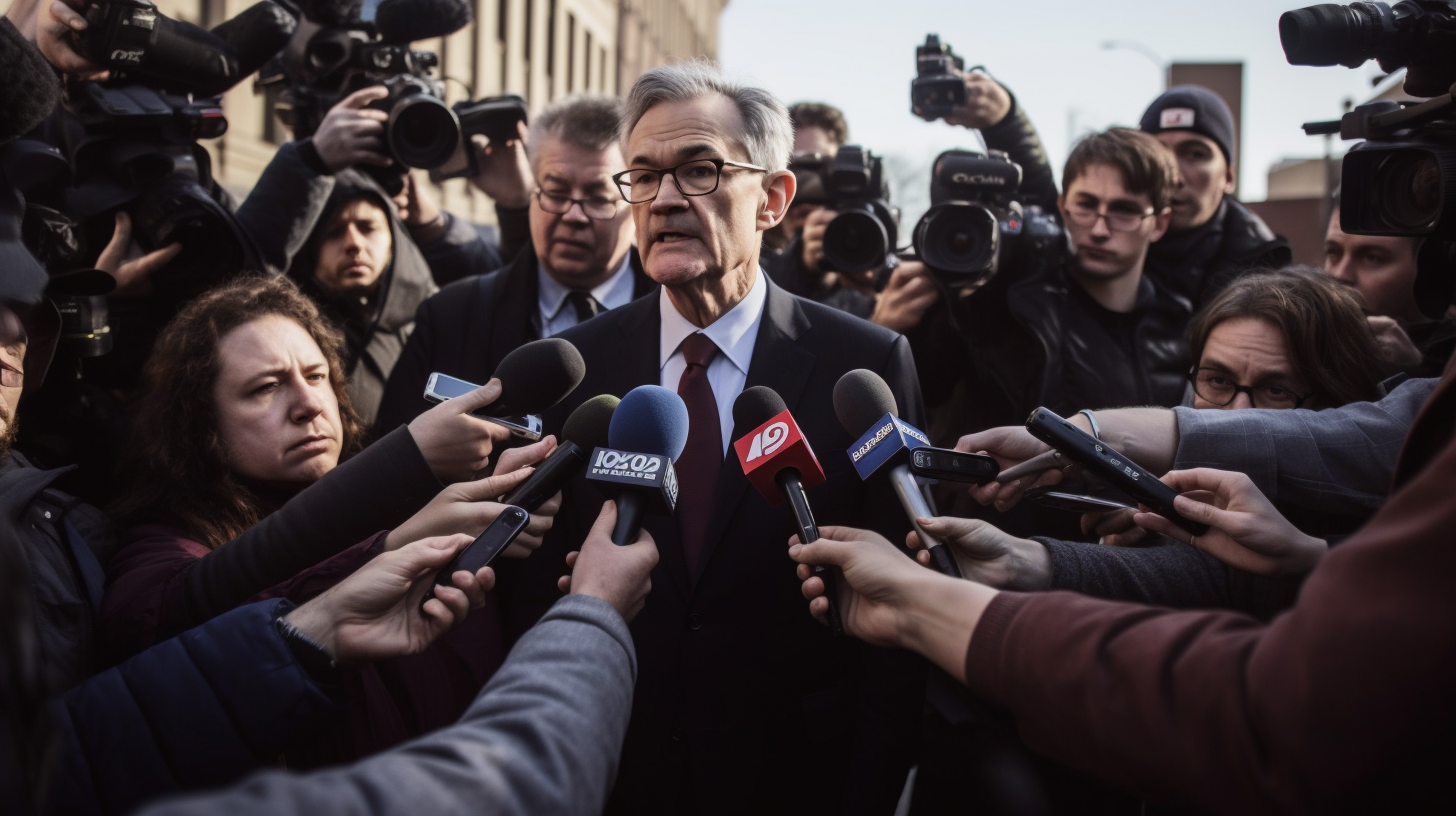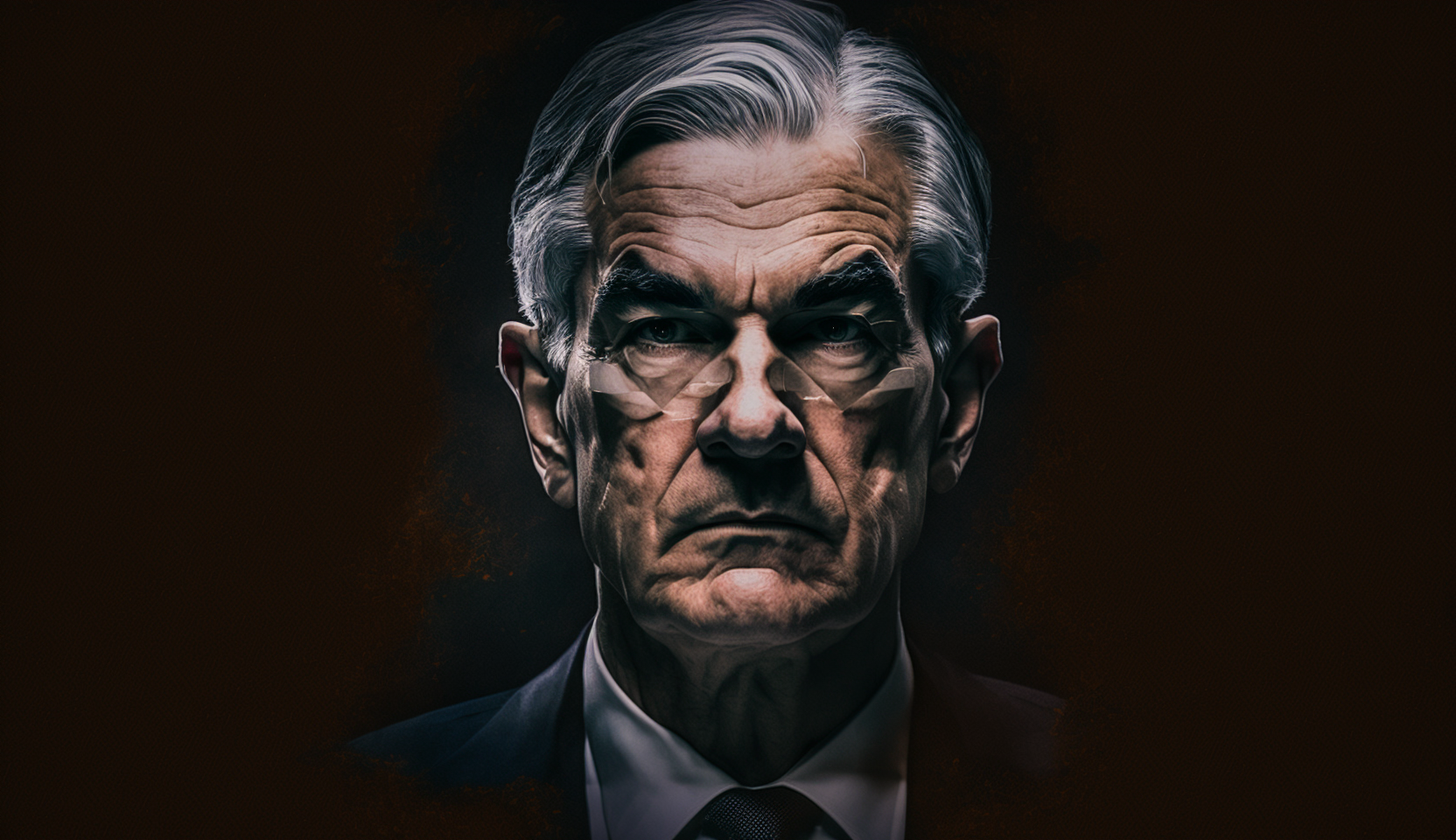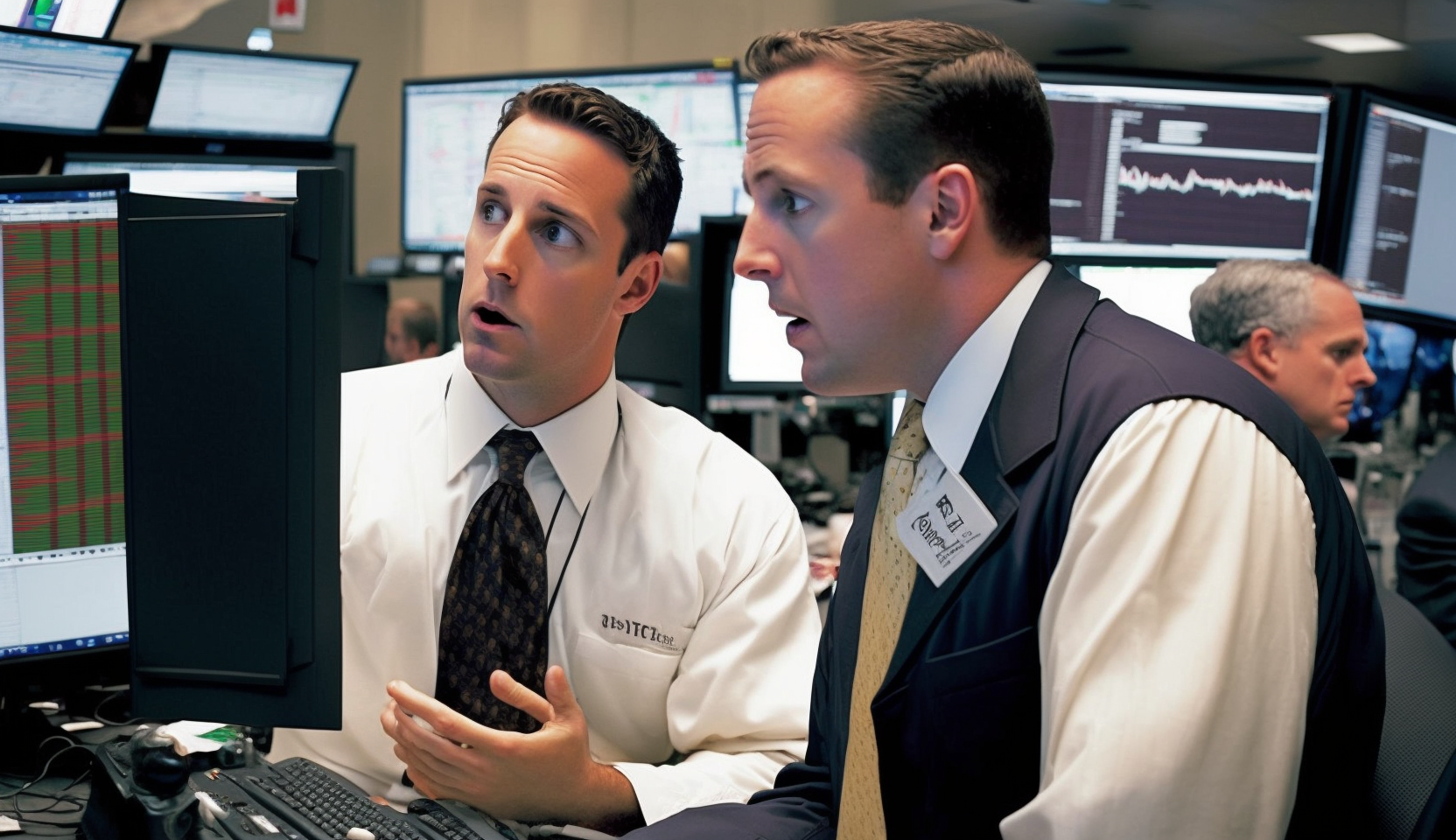Inflation picked up speed in March, with consumer prices rising at a faster pace than anticipated. The higher-than-expected inflation data throw cold water on hopes that the Federal Reserve will be able to start cutting interest rates anytime soon.
The Consumer Price Index (CPI), which measures the costs of a broad basket of goods and services across the economy, rose 0.4% in March from the previous month. That pushed the 12-month inflation rate up to 3.5% compared to 3.2% in the year through February.
Economists had forecast the CPI would rise 0.3% on a monthly basis and 3.4% annually.
The acceleration in inflation was driven primarily by two major categories – shelter and energy costs.
Housing costs, which make up about one-third of the CPI’s weighting, climbed 0.4% from February and are now up 5.7% over the past 12 months. Rising rents and home prices get reflected in the shelter component.
Energy prices increased 1.1% in March after already jumping 2.3% in February. Gasoline costs have remained elevated despite recent pullbacks.
Stripping out the volatile food and energy components, core CPI also rose 0.4% for the month and 3.8% annually – both higher than expected.
The stronger-than-expected inflation readings make it more challenging for the Fed to start lowering interest rates in the coming months as financial markets had anticipated. Traders had priced in expectations that the first rate cut would occur by June based on Chairman Jerome Powell’s comments that inflation was headed lower.
However, following the hot March data, markets now project the Fed’s first rate reduction won’t come until September at the earliest. Some economists believe even a July rate cut now looks unlikely.
The acceleration in inflation puts the Fed in a difficult position as it tries to navigate bringing stubbornly high price pressures under control without crashing the economy. Policymakers have emphasized the need to see more concrete evidence that inflation is cooling in a sustained way before easing up on rate hikes.
Fed officials have pointed to an expected deceleration in housing costs, which tend to be sticky, as a key reason inflation should slow in the coming months. But the March data showed rents continuing to increase at an elevated pace.
The services inflation component excluding energy picked up to a 5.4% annual rate. The Fed views services prices as a better indicator of more durable inflationary pressures in the economy.
Some bright spots in the report included lower used vehicle prices, which declined 1.1%. Food costs only increased 0.1% with lower prices for butter, cereal and baked goods offsetting a big 4.6% jump in egg prices.
Overall, the March CPI report suggests the Fed still has more work to do in taming inflation back to its 2% target. Traders are now pricing in higher terminal interest rates and little chance of rate cuts in 2023 following the inflation surprise.
Persistently elevated inflation could ultimately force the Fed to hike rates higher than expected, raising risks of a harder economic slowdown. The central bank will provide more clues on its policy outlook when it releases minutes from its March meeting on Wednesday afternoon.
For consumers feeling the pinch of high prices, the March CPI data means little relief is likely coming anytime soon on the inflation front. The big question is how long stubbornly high inflation will persist and exacerbate the already difficult trade-offs facing the Federal Reserve.












